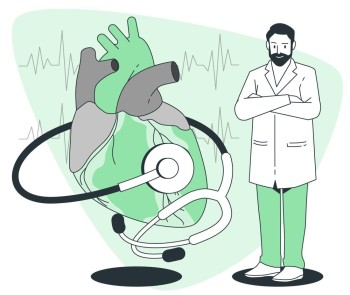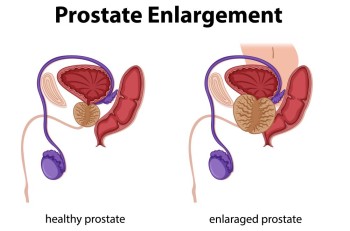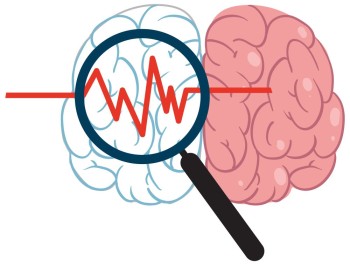
₹7,600
₹9,500
An MRI scan of the brain with coverage of the craniovertebral junction (CV junction) is a specialized imaging procedure that aims to visualize both the brain and the region where the skull meets the spine.
Category:
MRI Scan



